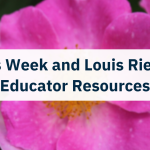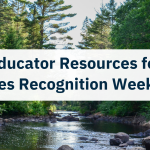Blogging as a Cross-Curricular Teaching Tool
As technology increasingly becomes a part of schools and classrooms, we must use these tools in the best possible manner. One of these practices, becoming more and more popular, is blogging as a teaching tool.
The Practical Applications of Blogging
There are many reasons why an educator would start a class blog and many insights a learner could gain from the practice. Blogs can help boost literacy & critical thinking skills. They can bolster a learner’s digital skillset, be a hands-on lesson on navigating the online world, and foster deeper learner engagement with a topic.
There are many platforms your classroom can use, from WordPress to Weebly to Tumblr. However, before you get to that stage, you need to create a code of ethics for your learners online. You can create the code of ethics collaboratively with the class and sticky the post to the top of your blog, which acts as a lesson hub.
Okay then, let’s dive right in!
Whether you teach English, math or science, elementary or high school, you can be creative in having your learners blog to enhance their learning experience. In particular, blogging emphasizes cross-curricular, outside-the-box thinking. Here are some suggestions.
English language arts
Reflections on Readings
During class discussions, you probably have a handful of very eager learners discussing the book or article you assigned. What about the quieter learners? Some learners are not comfortable sharing their opinions out loud. Further, this can be a paper-free way to keep track of learners’ assignments & journal entries.
Essay of the Month
Miriam Sullivan & Nancy Longnecker studied class blogs as a teaching tool to promote writing and student interaction. According to their study, most learners agreed that they write better when they know other learners will read their posts. Why not use this (positive) peer pressure to motivate learners to write well? An essay can be highlighted as “essay of the month” and shared with the wider community!
Cross-Curricular Idea
There are oh-so-many possibilities for an English class to get creative with blogging. Just check out this awesome blog about idioms blending ELA, Art and ICT competencies by Jenny Young!
Science
Scientific Papers
A key part of the scientific process is for scientists to communicate their findings with peers through scientific papers. This “communication to other scientists ensures that new findings become part of a growing body of publicly available knowledge that informs how we understand the world around us.”
But what about your learners who write papers? What is their end goal besides a grade? If it’s not published in a journal, how can the educator motivate learners to increase their science literacy?
The answer you may have guessed is to go ahead and publish it on a blog. It is also the perfect way to practice and demonstrate the peer review process, a crucial stage of scientific publishing.
Lab Reports
If your learners have a lab exam at the end of the year, you want them to recall the experiments they did over the year and understand them. While handwritten or typed lab reports are the norm, another possibility is to have the learners write them up on their blog. The additional factors of other learners in the virtual world being able to access their results and upload step-by-step images of the experiment make their experiment more repeatable. It is a great opportunity to get into how the scientific method is carried out in the real world, that “scientists must be able to read anyone else’s report, follow the steps exactly the same way, and compare their findings to the original test.”
Cross-Curricular Idea
Use blogging as one means of using art in the science classroom. Learners learn the names of so many scientists, like Einstein, Coulomb and Newton, but who were these people? Have learners use their digital literacy skills and learn some interesting history by creating a video or recording a song about these great minds, then posting it online!
Math
All in Order
There is nothing like a blog to share your digital lessons with learners and caregivers. Use blogging to keep them all easily in the loop about upcoming assignments, recommended links for extra practice, and even share fun videos to enhance the learning experience!
How else would you use blogs as a teaching tool? Let us know in a comment below or tweet @learningbird!








